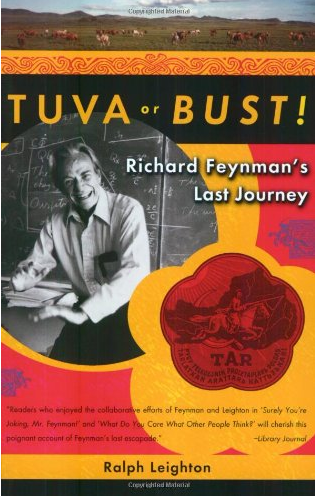The Land of Tannu Tuva

November 8, 2017
What if I told you there was once a country that bridged Mongolia and the Soviet Union that existed for only a few years in the interwar period? What if this country was reportedly one of the belligerents in the Second World War that we never talk about? This country was Tannu Tuva, and this week I’d like to share a bit of its history and culture (and yes, my new Gmail profile picture) with you.
Officially the Tuvan People’s Republic, Tannu Tuva only was recognized by two nations: the Soviet Union and Mongolia (a client state of the Soviet Union). Wedged between the subsequent coups of both the Chinese and Russian empires, Communist factions took the opportunity to seize independence during the Russian Revolution in 1921. Its capital was declared at Kyzyl (which is also the geographical center of Asia).
Tannu Tuva ultimately ended up as a client state of the Soviet Union after its own coup in 1929, allowing students loyal to Joseph Stalin to assume high-ranking positions of the government and end both Buddhism’s practice as the state religion in favor of the Soviet’s atheism policy and the traditional career of herding. While loyalists to Stalin were successful on the first front, neither Buddhism nor cattle breeding or herding throughout the nation were never really eradicated.
And then came the Second World War. Apocryphal sources say that upon the invasion of Poland, Tannu Tuva too declared war on the Soviet Union. On the other hand, it has also been said that Tuvans went to assist the Soviet war effort, including their own infantry unit. However, the nation’s days were numbered; in 1944, the Tuvan parliament requested to join the Soviet Union. Yet the lore of Tannu Tuva lives on, especially through the book Tuva or Bust, written about an American who tried (but never did) reach Tannu Tuva’s environs.
Photo Credit: Amazon and Wikimedia Commons